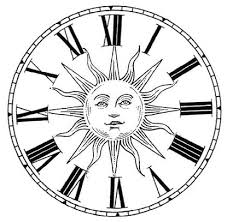How Did Daylight Savings Start?
Every spring and every fall, we diligently change the time the time on our clocks forward or back, lamenting the loss of an hour or rejoicing in additional time to sleep. As a longstanding part of American tradition, it’s easy to change the clock one way or the other without taking the time to consider why we make these adjustments each and every year.
Maximizing Daylight Hours
Daylight savings time, as the name is implies, is designed to maximize daylight hours in accordance with the seasons. In the fall, as the days become shorter and the weather gets cooler, we “fall back,” or set the time back an hour. Then, in the spring as the weather starts to warm up and the days grow longer, we “spring forward,” moving the time up an hour so that daylight lasts longer into the evening.
2:00 AM is the official time in which DST starts and ends in the United States. Due to its inconvenience, most individuals have historically changed their clocks the night before, prior to going to sleep. Today, however, cell phone and computer clocks often change automatically, ensuring each time change happens promptly and accurately.
Although it’s now second nature, the U.S. didn’t always change the time twice a year. DST was first proposed by Benjamin Franklin in 1784 after a trip to France. While visiting, he noticed that, while there was no official time change procedure, the French woke up earlier in the winter and later in the summer to maximize the daylight hours. At the time, however, the government wasn’t interested in such a radical idea.
Daylight Saving Catches On
After World War One, the idea of daylight savings caught on in European countries. Germany was the first to adopt the practice in 1916, implementing a time change twice a year in hopes of saving money on coal. In 1918, the United States followed suit. The time change schedule held steady until 2007, when the government elected to increase DST by several weeks, with current time changes occurring in March and November rather than April and October.
Today, Daylight Savings Time is observed in all states except Alaska, Hawaii, and Arizona, and by dozens of countries around the world. In the United States, the time changes forward one hour at 2:00 AM on the second Sunday in March and back one hour at 2:00 AM on the second Sunday in November, allowing Americans to enjoy as much sunlight as possible all year round.







